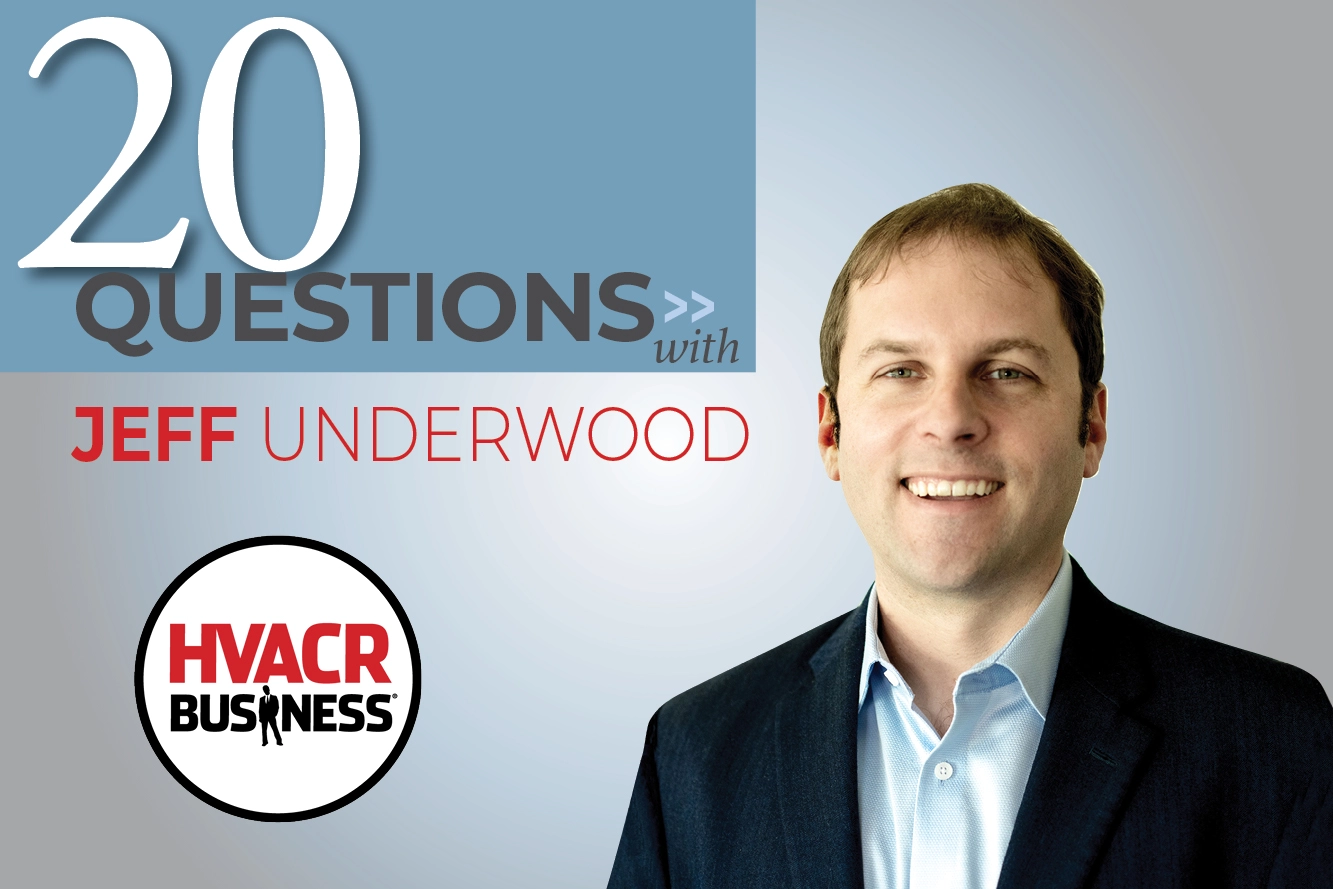Publisher Terry Tanker met with Pat and Dan Conway, owners of Cleveland-based Great Lakes Brewing Co., to discuss the company's 20th anniversary, entrepreneurship, launching businesses in tough economic conditions and a marketing philosophy based on social and environmental responsibility.
1. How did you guys decide to start a brewery?
In college, and possibly even earlier, we were exceptional beer drinkers.
2. How many barrels of beer did you sell your first year?
We sold 850, but that was just in the restaurant.
3. How many barrels will you sell this year?
85,000 barrels — the majority is sold through our 35 or so distributors.
4. After owning a pub and brewery for 20 years you probably have some interesting stories. Can you share one?
Not too many years after opening, Robert Plant, Jimmy Page and the boys rented our lower cellar after a Led Zeppelin concert. We can't say much more, but it was very interesting.
5. What other luminaries have passed through your doors?
Literally thousands. One of our favorites is Grady Sizemore, the Cleveland Indians center fielder. He lives next door and stops in regularly on non-game days.
6. Pat, where does Dan excel in business?
Dan left commercial banking to help start Great Lakes, so it would have to be the finance aspect.
7. Dan, what aspect of the business is Pat best at?
Marketing and public relations — Pat's naturally a ham.
8. How fun is it to work in a brewery?
On a scale of 1-10, it's a 10.
9. What did the economic landscape look like when you laid out your first business plan?
In 1987 there were significant stock market challenges andthe economy was really struggling. By the time we opened in 1988, a number of breweries were in the process of closing, but we had put a lot of due diligence into the plan and we were confident we could make things work.
10. Entrepreneurs always have a can-do attitude and business plan. The difficulty is getting creditors to believe. How were you able to secure credit?
We put our own money into the company and our father, a tax attorney, helped finance the brewing equipment by forming a leasing company. We also had some debt financing as well, which was unusual for a startup and Dan's commercial banking background was the difference.
11. What was the original business plan and have you stuck to it?
Our first plan didn't go out to 20 years, but the central idea — start as a brew pub named Great Lakes Brewing Co. and expand beer distribution in and around the Great Lakes Region — has not changed.
12. What was unique about the idea?
There was a time when there were literally thousands of breweries. But over time, things became homogenized by gigantic national brewers. Everything started to taste the same. Fortunately, the pendulum has swung back and microbreweries are in demand.
13. Pat, what were your thoughts on branding?
We studied the demographics and found that about 60% of the U.S. population lived within a 500-mile radius of the Great Lakes area. We also name our beers to support local history. For example, Conway's Irish Ale, Burning River Pale Ale, Edmund Fitzgerald Porter and Eliot Ness Amber Lager — who used to drink at the bar downstairs. Incidentally, our mother wasone of his stenographers.
14. Explain the process of creating the Great Lakes brand.
We began by choosing a building in an old part of the city. This neighborhood was the hot bed of brewing in the 1870s. The best marketing is targeted and it's full of passion. Very early we decided the big message would be centered around social and environmental themes.
15. What led you to that strategy?
There's something about beer and people wanting to get together and share. The Irish use to visit taverns as their social gathering place — that's where jobs were posted,politics were decided and religions discussed. Taverns were important to the fabric of the city.
16. How do social and environmental themes fit in your plans today?
We are involved in several recycling efforts. We asked our largest distributor to convert a portion of their delivery fleet into diesel engines that burn 100% vegetable oil, which we provide from our restaurant. We also like to work with nonprofits to change the image of our industry. We support the Cleveland Symphony and Cleveland Art Museum. Many breweries pick dates around which to launch advertising programs: St. Patrick's Day, Fourth of July, the Super Bowl. Our thought: What about Earth Day?
17. How do you measure how well it works?
We've become a clubhouse for groups that are aligned to those philosophies. Groups like Entrepreneurs for Sustainability, and the Science Cafe from Case Western Reserve University, and City Fresh — a group of local farmers and people who are interested in growing organic foods —all like coming here because we're philosophically behind them.
18. Have you encountered any land mines?
The Blackout of 2003 that began not too far from here. Our fermenters were full of about a half dozen different brews. Obviously, boilers and chillers are an important part of our operation. Without power, things can go bad quickly and we didn't have generators or a backup power supply. Luckily, power was restored before anything spoiled — so we called our next new beer Black Out Stout.
19. What advice would you give to other entrepreneurs?
Do your homework, have a plan, be persistent, be patient, surround yourself with good people, plan for growth, but grow slowly.
20. Is it time for a beer?
It was time an hour ago ... Barkeep!






